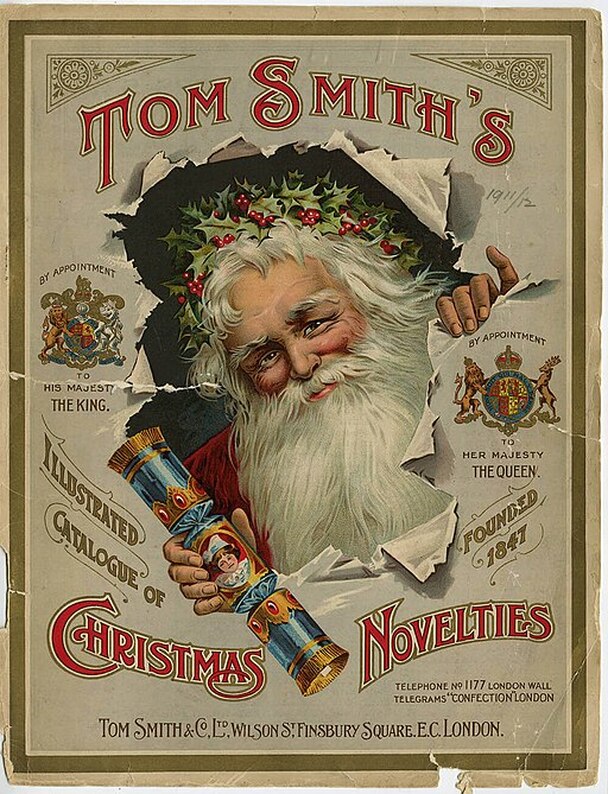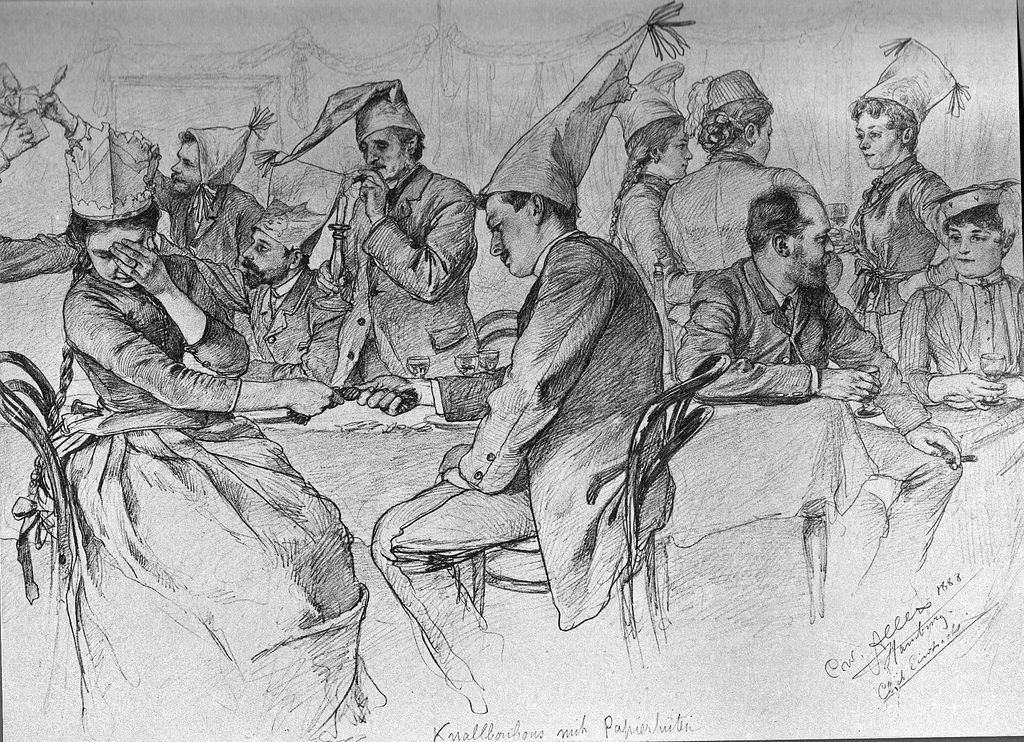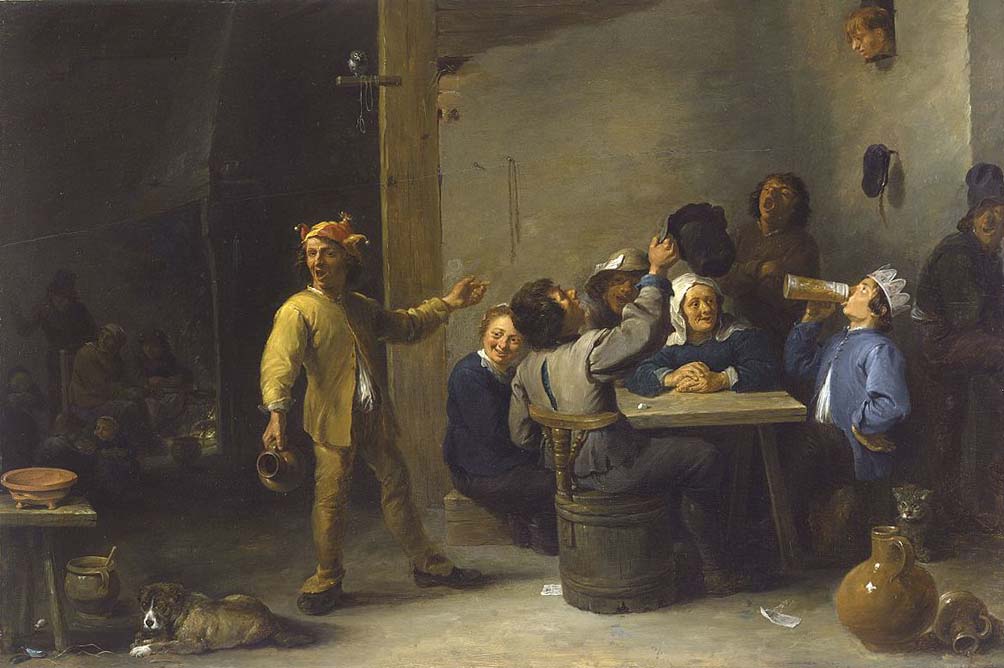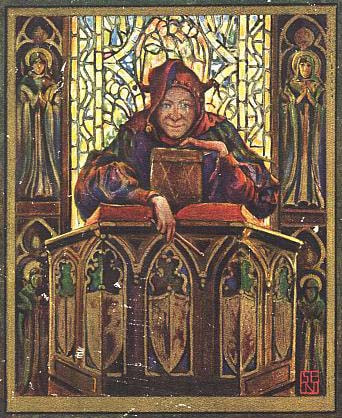Religious Reform in Seventeenth Century EnglandAs Christmas and New Year festivities for some have been curtailed for the second year in a row my thoughts drifted to the time of the seventeenth century when celebrating Christmas was outlawed in 1643. The period 1638 to 1660 was a turbulent time of Civil Wars that …witnessed the trial and execution of a king, the formation of a republic in England, a theocracy in Scotland and the subjugation of Ireland. [1] It was also a time of religious reforms that sought to create further distance from the Roman Catholic Church. The traditional festivities associated with the 12 days of Christmas fell out of favour as the Protestant faith replaced Catholicism on both sides of the Border. The trappings that accompanied certain religious feast days particularly Christmas were deemed unbiblical, ‘popish’ and ‘a time of wasteful and immoral behaviour’. The Puritan Parliament in England passed an ordinance on 19th December 1643 … encouraging subjects to treat the mid-winter period 'with the more solemn humiliation because it may call to remembrance our sins, and the sins of our forefathers, who have turned this feast, pretending the memory of Christ, into an extreme forgetfulness of him, by giving liberty to carnal and sensual delights'.[2] The festive period is steeped in traditions drawn or adapted from bygone eras reaching back deep into prehistory. The origins of Christmas stretch back thousands of years to prehistoric celebrations around the midwinter solstice. And many of the traditions we cherish today have been shaped by centuries of changing beliefs, politics, technology, taste and commerce.[3] 'Lord of Misrule' & the Christmas CrackerSome traditions are highly symbolic, but one is downright bonkers! Have you ever wondered why, after a delicious meal washed down with a goodly amount of Christmas ‘spirit’, we pull crackers, wear paper crowns and tell appalling jokes? Well, crackers also owe their origins to ages past and the tradition of ‘Misrule’, itself based on the Roman Feast of Saturnalia. Particularly popular in the time of the Medieval Manor and Tudor Courts, the ‘Lord of Misrule’ (in Scotland the ‘Abbot of Unreason’) was appointed from the surfs or peasantry to preside over Christmas festivities. His ‘rule’ turned the usual social order on its head so that fools became Lords or Kings and vice versa. It involved colourful pageantry, drunkenness and associated revelry but its popularity began to wane during the protestant reign of Elizabeth I. The rise of the Puritan movement in the seventeenth century saw Misrule abolished altogether along with other Christmas activities such as dancing, drinking, non-religious plays and singing carols. Even after the Restoration of the Monarchy in 1660 when Christmas festivities re-emerged, the ‘Lord of Misrule’, deemed too disruptive, remained banned. It was soon forgotten altogether until it re-emerged in the guise of a cardboard tube with a ‘banger’ invented by Tom Smith in 1847. Over the years the contents of the cracker have changed from sweets and trinkets to include the terrible jokes and paper crowns we know today as a nostalgic salute to the ‘Lord of Misrule’. The Scottish Ban on ChristmasWhen it comes to banning Christmas, however, Scotland has an 80-year head start. Although the English Reformation began in circa 1527 with Henry VIII’s break from Rome, the religious reforms of the Presbyterian Church of Scotland were more far-reaching. The first meeting of the General Assembly, the supreme court of the Church of Scotland was held in 1560. Some vestiges of the old Christmas traditions survived, for a short time at least, as records of the Palace of Holyrood bear witness. In the Christmas of either 1563 or 1564, Mary, Queen of Scots (r. 1561-1567) held a ball at the Palace of Holyroodhouse, where she and her guests celebrated the ‘Feast of the Bean’. The ritual began at the start of the Christmas period and involved hiding a bean in a cake: the person to find it would be crowned ‘King/Queen of the Bean’. In this year, Mary Fleming, who was one of the Queen’s ladies, found the bean and was dressed in the Queen’s clothes as a prize.[4] A formal outright ban, however, was lurking on the horizon. In 1575 the General Assembly of the Church of Scotland abolished ‘all days that hereto have been kept holy except the Sabbath day, such as Yule day, saints’ days and such others’. Nevertheless, Scots continued to celebrate Hogmanay. Changes in church government meant that in 1640 and again in 1690 Parliament abolished the ‘Yule Vacance’ observed by the courts. The 1640 Act stated: Reforms RepealedIn other words, ‘The Christmas holiday and associated festivities are cancelled for the foreseeable future.’ So, it would seem the Puritan Parliament of 1643 was playing catch-up with its neighbours north of the Border. The Restoration in 1660 saw the ban on Christmas overturned in England, but Scotland did not follow suit. ‘While part of each act was repealed in 1686 and 1712 respectively, the Church of Scotland continued to discourage ‘Yule’ celebrations.’ Although Christmas became a Bank Holiday in Scotland under Lubbock’s Bank Holiday Act of 1871, shops and businesses were under no obligation to close. Here, Hogmanay continued to be the focus of mid-winter festivities. Christmas remained suppressed by the Church until the pressure of commercialism and economics prevailed in the period post-WWII. The unravelling of Scotland’s Christmas story continues in the NRS Blog of 2018. The period of administration following the execution of the King in 1649 was the first attempt at uniting the nations of England, Scotland and Ireland under one government and creating a tolerant national protestant church. The Civil Wars and associated hostilities were a bloody time that witnessed a huge loss of life – estimated to have been as much as 7% of the population. The National Archives online learning resources contain interesting documents from the period (including the female perspective) and the BCW Project is an essential guide for anyone interested in the prominent people, places and politics during this fascinating period in history. For a glimpse at daily life of ordinary folk in the seventeenth century, ‘Sex, Lice and Chamber Pots in Pepys' London’ on the BBC History website provides a light-hearted look! For a longer and more absorbing post-Christmas read, the historical novel ‘An Instance of the Fingerpost’ by Iain Pears, comes highly recommended! Although fictitious, set in Oxford in 1663 and after the Restoration, many of the characters are actual historical figures and the preceding Cromwellian period is never far away. Further ReadingThe National Archives: Christmas is Cancelled, What were Cromwell’s main political and religious aims for the Commonwealth 1650-1660? https://www.nationalarchives.gov.uk/education/resources/christmas-is-cancelled/ The National Archives: Women and the English Civil Wars, How did these conflicts affect their lives? https://www.nationalarchives.gov.uk/education/resources/women-english-civil-wars/ The BCW Project, British Civil Wars, Commonwealth & Protectorate 1638 – 1660 http://bcw-project.org/ BBC History, https://www.bbc.co.uk/history/british/civil_war_revolution/ BBC History, (Extracts from the diary of Samuel Pepys explained) https://www.bbc.co.uk/history/british/civil_war_revolution/pepys_gallery.shtml An Instance of the Fingerpost (Readers Guide Only) https://www.penguinrandomhouse.com/books/348324/an-instance-of-the-fingerpost-by-iain-pears/9781573227957/readers-guide/ End Notes[1] BCW Project, British Civil Wars, Commonwealth & Protectorate 1638 – 1660 http://bcw-project.org/
[2] Historic England, Did Oliver Cromwell really ban Christmas? https://historicengland.org.uk/listing/what-is-designation/heritage-highlights/did-oliver-cromwell-really-ban-christmas/ [3] English Heritage takes a tour of ‘Christmas’ through the ages starting 5000 years ago with the Neolithic https://www.english-heritage.org.uk/christmas/the-history-of-christmas/ [4] Christmas at the Palace of Holyroodhouse https://www.royal.uk/christmas-palace-holyroodhouse [5] National Records of Scotland, Christmas Banned in Scotland https://blog.nrscotland.gov.uk/2018/12/10/christmas-banned-in-scotland/
0 Comments
Leave a Reply. |
AuthorSusie Douglas Archives
August 2022
Categories |
Copyright © 2013 Borders Ancestry
Borders Ancestry is registered with the Information Commissioner's Office No ZA226102 https://ico.org.uk. Read our Privacy Policy





